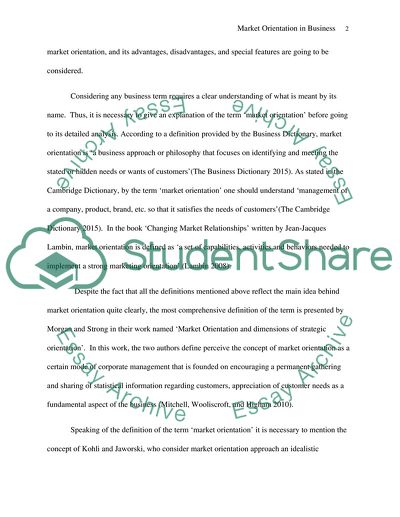Cite this document
(“Market Orientation in Business Essay Example | Topics and Well Written Essays - 2250 words”, n.d.)
Retrieved from https://studentshare.org/marketing/1701062-market-orientation-in-business
Retrieved from https://studentshare.org/marketing/1701062-market-orientation-in-business
(Market Orientation in Business Essay Example | Topics and Well Written Essays - 2250 Words)
https://studentshare.org/marketing/1701062-market-orientation-in-business.
https://studentshare.org/marketing/1701062-market-orientation-in-business.
“Market Orientation in Business Essay Example | Topics and Well Written Essays - 2250 Words”, n.d. https://studentshare.org/marketing/1701062-market-orientation-in-business.


